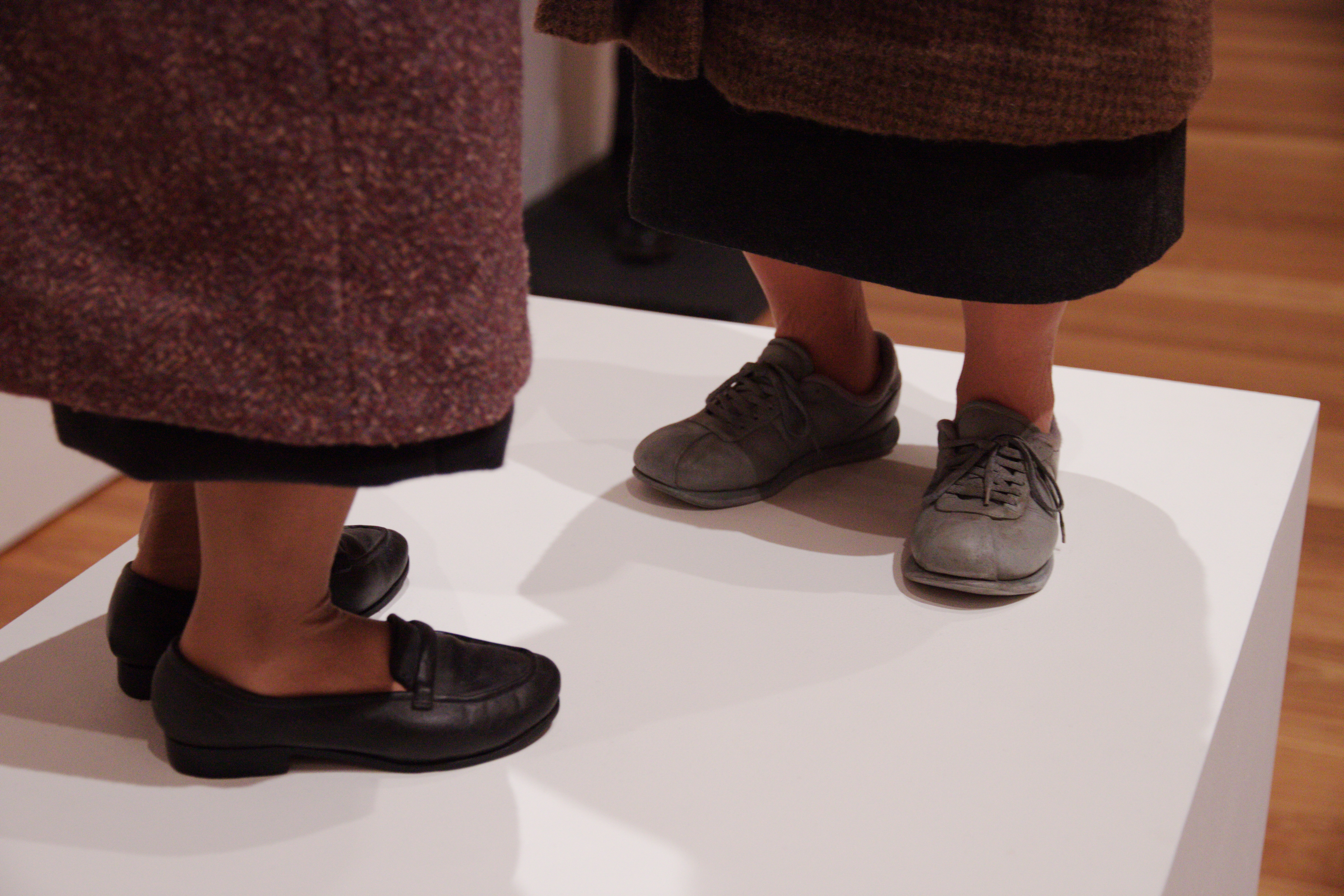Title: Participatory Arts for Older Adults: A Review of Benefits and Challenges
Author(s): Tony Noice, Helga Noice, and Arthur F. Kramer
Publisher: The Gerontologist, 54(5)
Year: 2013
URL: http://gerontologist.oxfordjournals.org/content/early/2013/12/10/geront.gnt138.full.pdf+html
Topics: Arts participation, older adults, creative aging, quality of life, health benefits, cognition
Methods: Literature review
What it says: This article reviews literature on the health benefits of active arts participation among older adults ages 60 and older in good general health. Arts activities include dance, expressive writing, music (singing and instrumental), theater, and visual arts. The review included a combination of 31 experimental and correlational studies conducted between 1985 and 2013. The following were excluded: case studies; studies with small sample sizes (n < 8); reports in non-peer-reviewed journals; articles not written in English; and studies focusing on arts therapies to treat those with illness, trauma, or other life challenges.
Overall, the studies demonstrate positive cognitive, affective, and quality-of-life outcomes. The review categorizes findings based on art forms
- A number of dance studies using quasi-experimental designs demonstrated cognitive and physiological improvements (e.g., increased attentional control). Dancers also scored higher on self-assessments of general health and subjective wellbeing compared to control groups. One of the studies suggests that cognitive benefits might be attributed to dance’s aesthetic qualities, rather than aerobic exercise, as no significant improvement in cardiorespiratory fitness among study groups (dancers and non-dancers alike) was observed.
- Studies related to expressive writing include evidence of improved processing, speed, attention, verbal learning, and memory, although this may be moderated by participants’ educational level and interest in writing. One study revealed psychological benefits, indicated by improvements of scores on a standard depression scale. The authors note that studies involving expressing writing were the only ones where a professional artist was not involved. This is a notable distinction because it may 1) point to why effects were likely moderated by participants’ level of educational attainment, or existing interest in writing, and 2) shed light on the value of formal arts instruction, which is likelier to draw sustained engagement (and produce substantive effects) than one-off attendance at events or other modes of passive engagement in the arts.
- Music-related studies produced a wide variety of results. For singing, there were self-reported decreases in doctor visits, falls, and use of over-the-counter medicine, decreases on a standard depression/anxiety scale, as well as improvements in overall health and involvement in activities and statistically significant improvements in emotional wellbeing, quality of life, and knowledge of singing;increases in self confidence were marginally significant. As for playing a musical instrument, results include: decreased levels of anxiety and depression, increases in the human growth hormone (associated with higher energy and improved memory and sex function), significant improvements in cognitive processes, and perceived favorable effects on health, and to a lesser extent, on social relationships and personal development. In some cases, positive outcomes did not persist over the longer term following music participation,unless, instrumentalists had trained or practiced over an extended period of their lives.
- Theater studies produced positive evidence, mostly related to increases in memory, comprehension, creativity, problem-solving, and personal growth. A study on improvisational drama yielded positive changes in anxiety, and another demonstrated improvements in wellbeing and physical measures, but not psychological health.
- Lastly, visual arts studies using qualitative methods revealed increases in social engagement, sense of empowerment, psychological health, skills development, ability to set new challenges, and identity preservation. One study using a randomized controlled trial yielded positive outcomes measures for anxiety, affect, and self-esteem.
The authors acknowledge the limitations of the research: the total number of studies reviewed is relatively small; a variety of instruments were used to measure change; and not all experiments were well controlled. To improve consistency across future research, they propose standardizing measures, vocabulary, and behavioral outcomes to assess effectiveness of interventions across art forms. They also recommend consistent use of pre/post design, and including control groups, where appropriate, as well as pursuing more meaningful sample sizes, more diverse populations, and longitudinal studies that measure effects over a long period of time.
What I think about it: The review offers a useful overview of health benefits associated with older adults’ arts participation. Some of the claims that were summarized had no indication of statistical significance, which may be a result of authors’ attempt to succinctly summarize findings from studies that used a wide variety of research designs. Nonetheless, the summary chart prepared by the authors is useful in showing the breadth of methods, sample sizes, and outcome measures used across arts interventions among older adults.
What it all means: Noice, Noice, and Kramer’s review was published the same year that NEA released The Arts and Aging: Building the Science, a report summarizing findings from its public workshop exploring research gaps and opportunities for understanding the relationship between the arts and health and wellbeing among older adults. A preliminary version of this review was prepared as a paper for the workshop, so this is a useful, evidence-based supplement to the mostly anecdotal findings in the NEA’s summary. The two combined – in addition to the NEA’s 2011 white paper on the arts and human development, which has a chapter on arts, health and wellbeing among older adults – show that there is growing momentum in the field of creative aging. The health focus and population specificity of this field offers a unique opportunity to lay the groundwork for developing more rigorous research designs for arts inventions broadly. In doing so, researchers can begin to identify the specific benefits of aesthetic engagement. In addition, researchers and advocates can use this evidence to gain support not only from public arts agencies, but also from non-arts agencies serving aging populations.
